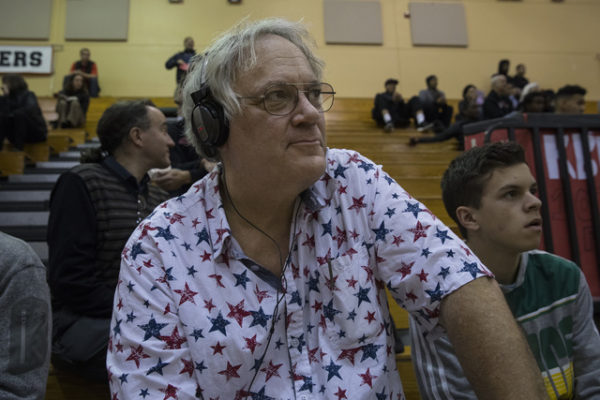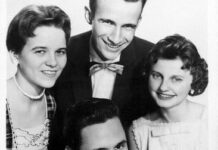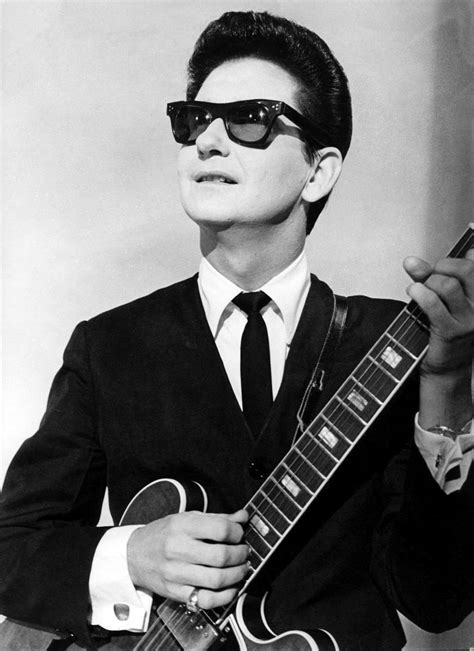Low-power nonprofit FM stations are the still, small voices of media. They whisper out from basements and attics, and from minuscule studios and on-the-fly live broadcasts.
A knowledge of geography is essential if you are running a tiny, 100-watt radio station. Hills are bad, for example, as are tall buildings. Saltwater, though, which lies at Seattle’s doorstep, can boost a radio signal for miles, like a skipped rock.
For a low-power FM radio station, anything measurable in miles is good.
Low-power nonprofit FM stations are the still, small voices of media. They whisper out from basements and attics, and from minuscule studios and on-the-fly live broadcasts like KBFG’s. They have traditionally been rural and often run by churches; many date to the early 2000s, when the first surge of federal licenses were issued.
But in the past year, a diverse new wave of stations has arrived in urban America, cranking up in cities from Miami to the Twin Cities in Minnesota, and especially in the Northwest, where six community stations began to broadcast in Seattle. At least four more have started in Portland. Some are trying to become neighborhood bulletin boards, or voices of the counterculture or social justice. “Alternative” is the word that unites them.
READ MORE HERE AT THE SEATTLE TIMES WEBSITE









Might be hope for Roundhouse after all.